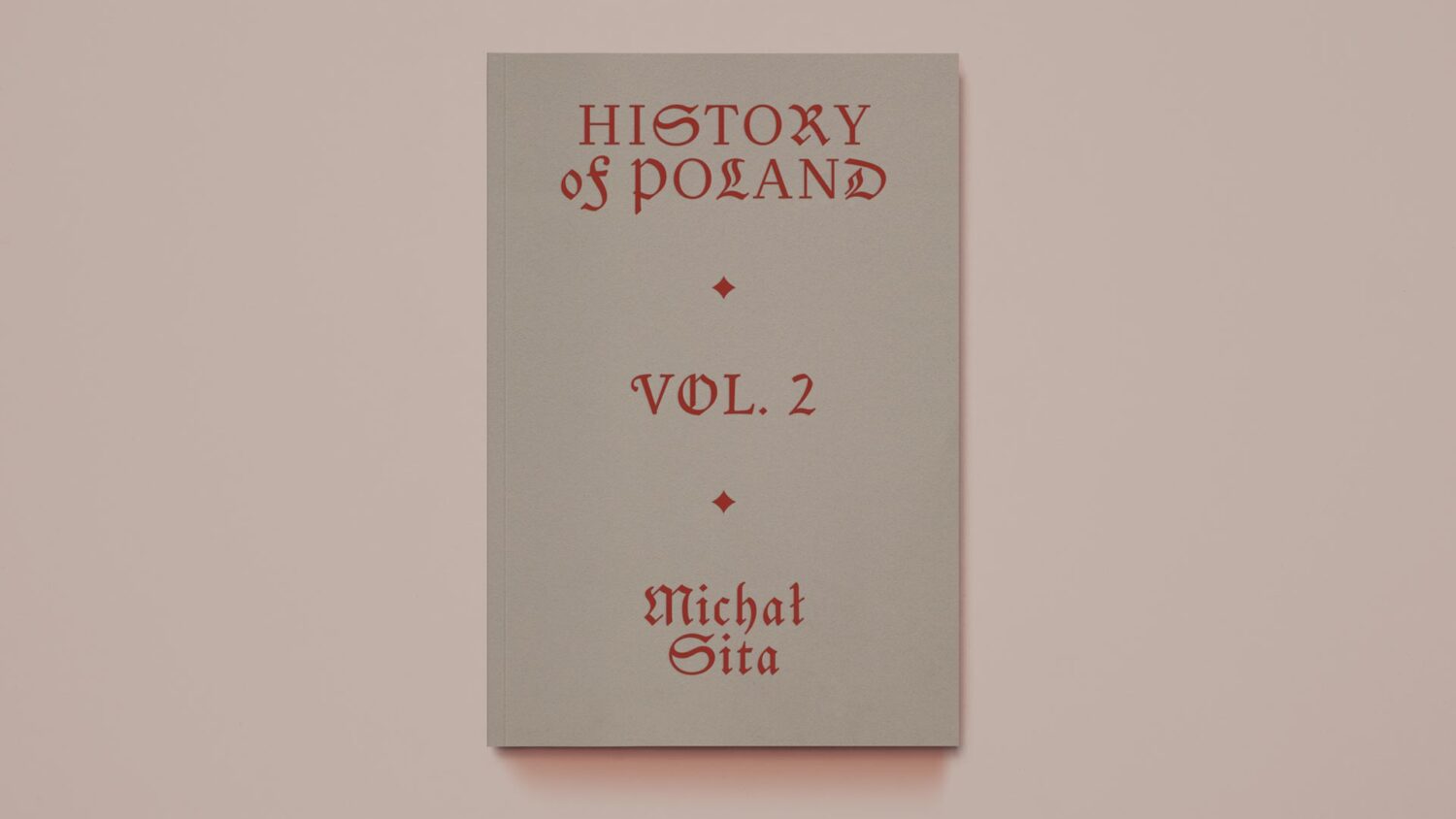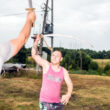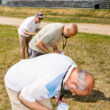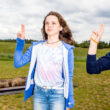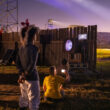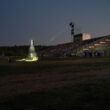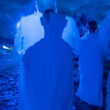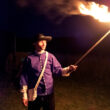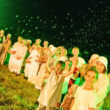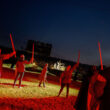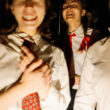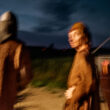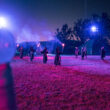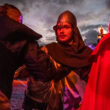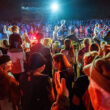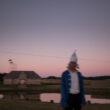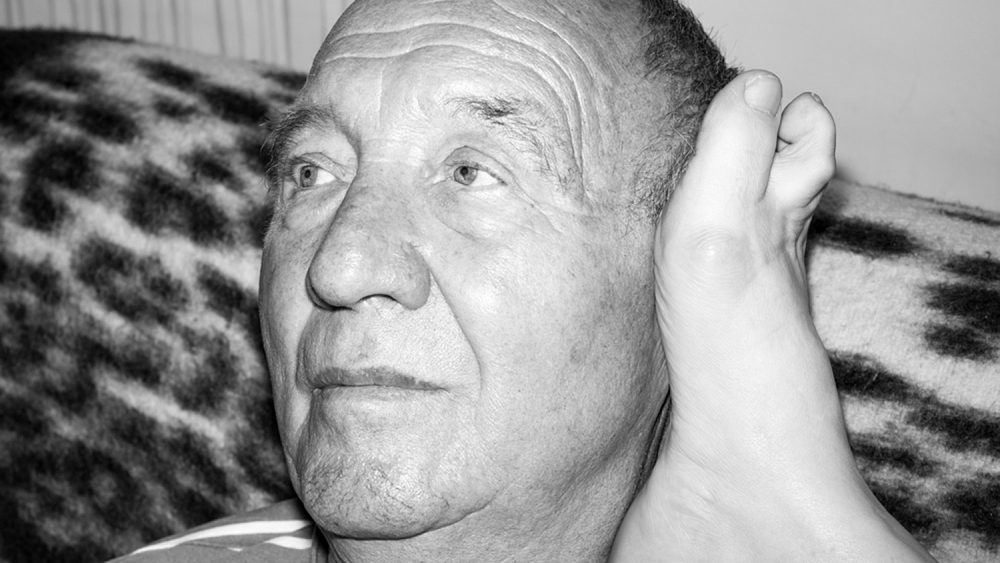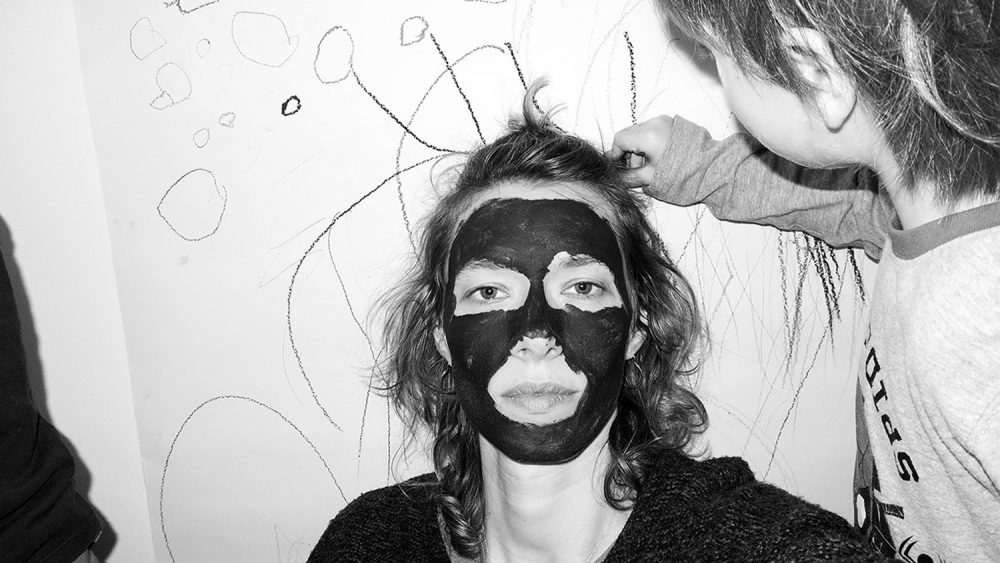History of Poland
The beginnings of the open-air historical performances staged by volunteers in Murowana Goślina date back to 2007. The script of the shows would change dynamically and their meaning gradually evolve: from interpreting local legends, to recalling episodes of regional events, to themes drawing on the national history. The year 2016, marking the 1050th anniversary of the Baptism of Poland, saw the premiere of The Eagle and the Cross, which recounted two millennia of Polish history. The performance continues to be staged, with only minor annual modifications. This season it will be seen by some 20,000 spectators, being the largest patriotic event of its kind in Poland.
The authors of that open-air show draw pictorial inspiration from the paintings by Jacek Malczewski, Artur Grottger, Józef Chełmoński and especially Jan Matejko. Ingrained in Polish collective consciousness, those images of the past are brought to life through performative action. The events, symbols, objects, figures and gestures that make up the core of Polish national mythology materialize almost simultaneously on the outdoor stage.
Since 2020, I have been conducting anthropological research among the people involved in The Eagle and the Cross. I try to explore the consequences of the situation where more than 300 people toil for several months each year re-enacting the canonical episodes in Polish national history. I wonder what place we occupy on the timeline when the past becomes a repository of repeatedly incarnated moral parables? How do we function in a community when the characters of the imagined John Paul II, children executed by the Nazis, the Virgin Mary, are played by a neighbour, a primary school classmate, or a teacher? How are the meanings of time, history and the criteria of truth demarcated and established in this participatory action? What identities do we reproduce and actualize in such an action?
The 2021 publication entitled History of Poland Exercise Book vol. 1 was the first working recapitulation of that inquiry. It features photographs that capture the gestures of the actors during spring rehearsals for the show. In 2022, I changed my perspective, playing in the shows with a small automatic camera hanging around my neck during the performances. It was provisionally camouflaged to keep it out of sight of the audience, but it was clear to the other performers and the organizers of the show that I was taking pictures. They were also fully aware that this was part of the research and artistic activities I was carrying out. Every second, the camera recorded the reality of the show from the standpoint of the actresses and actors, recorded events from Polish history as seen through the eyes of their participants, and commented on the way we choose to lend meaning to the past in participatory action.
Characters I played:
- Warrior of Rus carrying a torch to the meeting with Lech and Czech, scene: the Brothers’ Encounter;
- Warrior of Mieszko I receiving baptism, 966, scene: Baptism of Poland;
- Bolesław the Brave’s knight taking part in the killing of Bishop Stanisław, 1079, scene: the King’s Madness;
- Priest celebrating Midnight Mass and blessing Easter baskets, scene: winter, from the Four Seasons series;
- Russian soldier dragging Rejtan on the ground, 1773, scene: the Partitions;
- An Auschwitz prisoner and a Nazi soldier herding prisoners to Auschwitz, scene: the Second World War.
The History of Poland vol. 2 has been published by Sun Archive, under the curatorial supervision of Łukasz Rusznica. The book is available here.
Michał Sita (1985) is a photographer, curator, and anthropologist living in Poznań, Poland. His work focuses on social memory, imagined histories, and the research capacities of photography. Curator or producer of numerous exhibitions and photobook festivals, contributed critical texts on photography, and currently lectures at the Magdalena Abakanowicz University of the Arts in Poznań. He is about to defend his PhD in the Institute of Anthropology, Adam Mickiewicz University.
